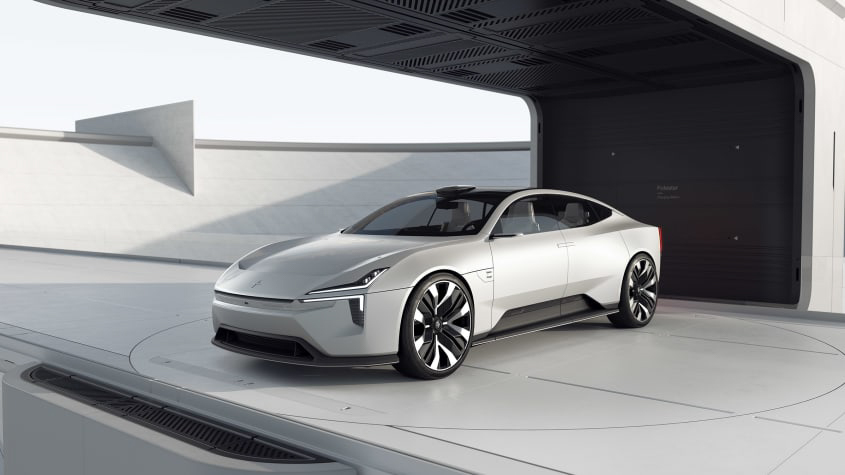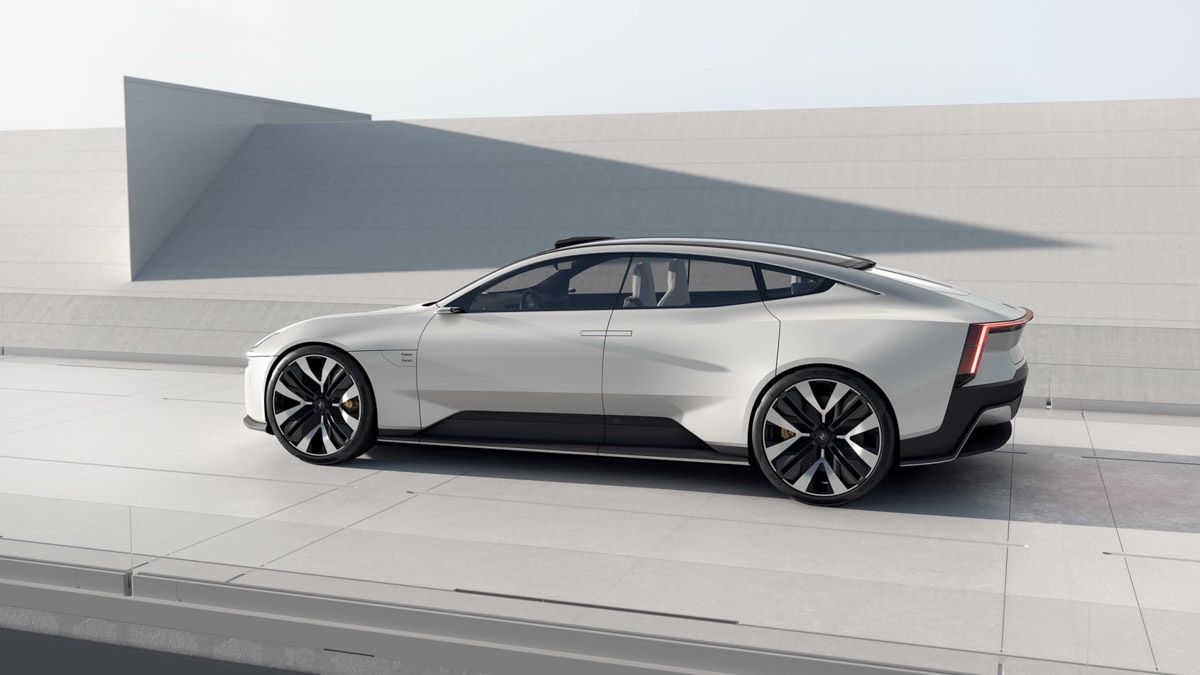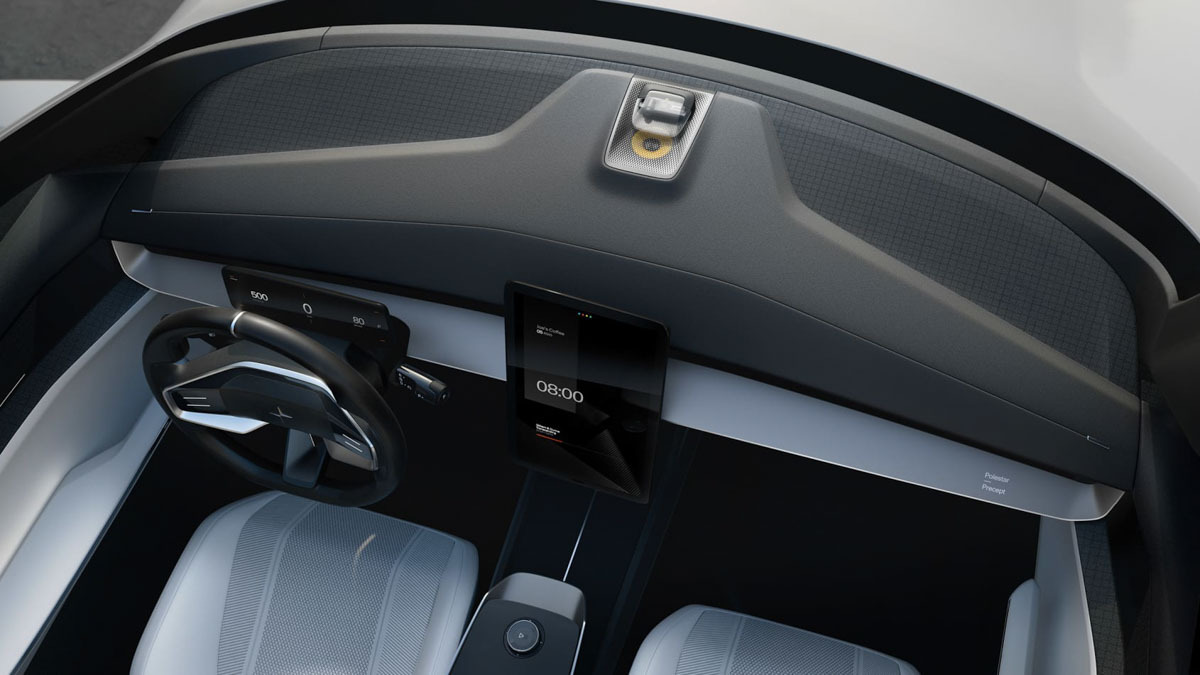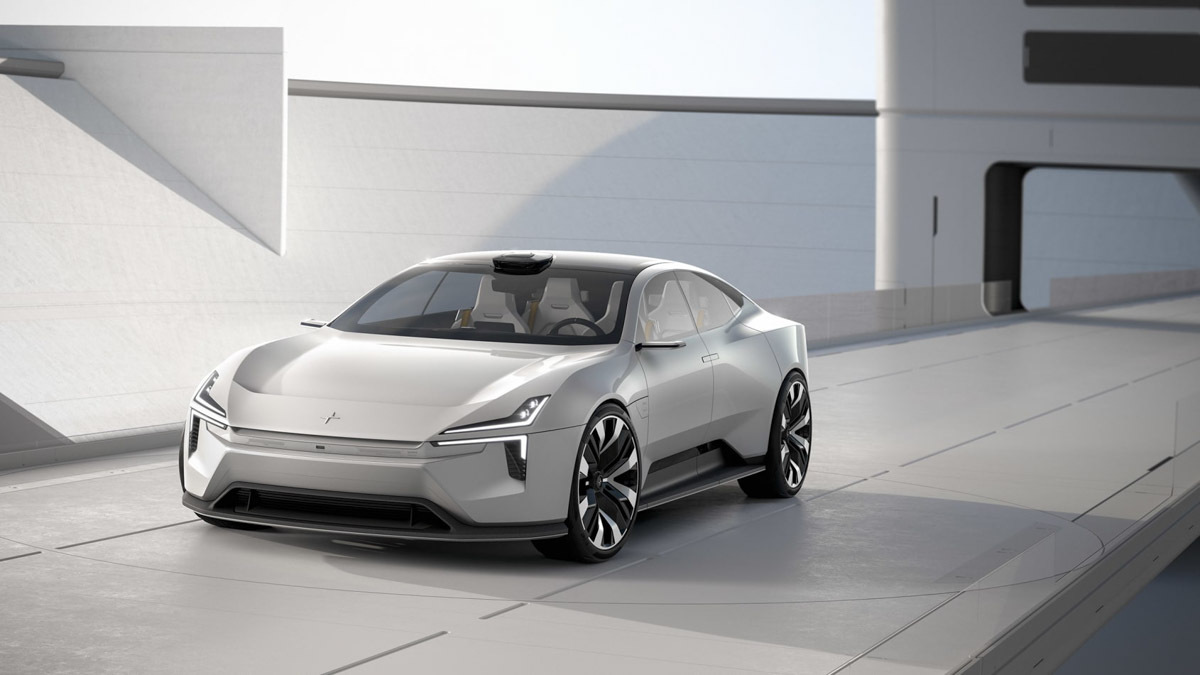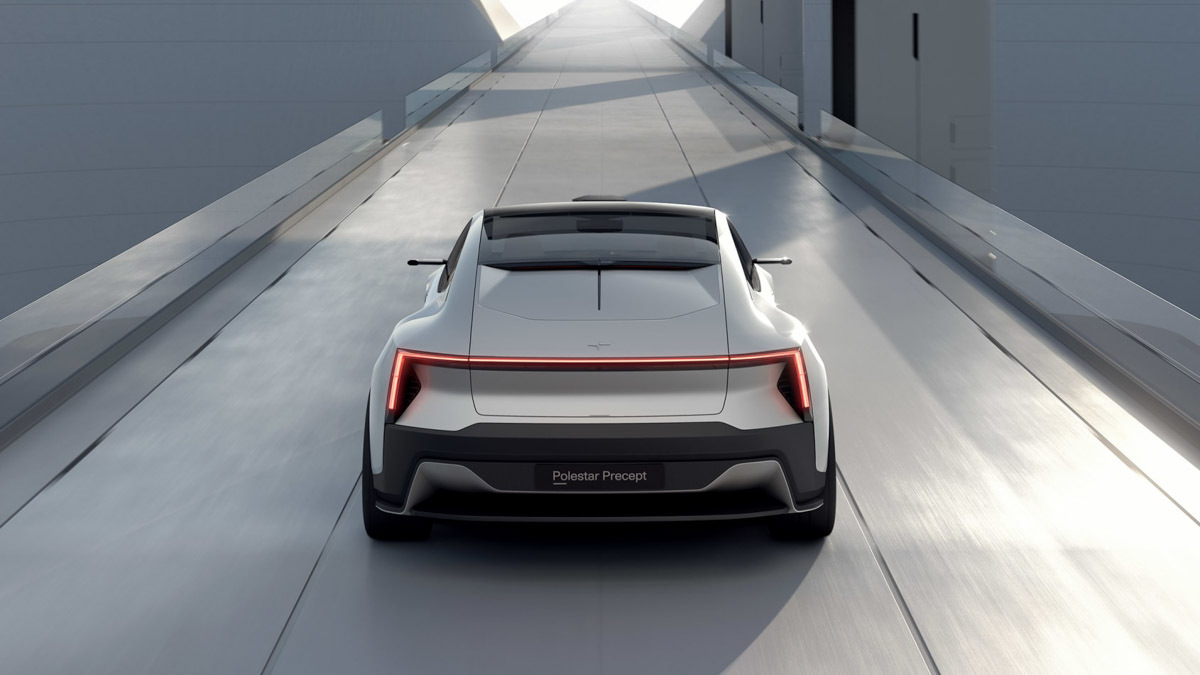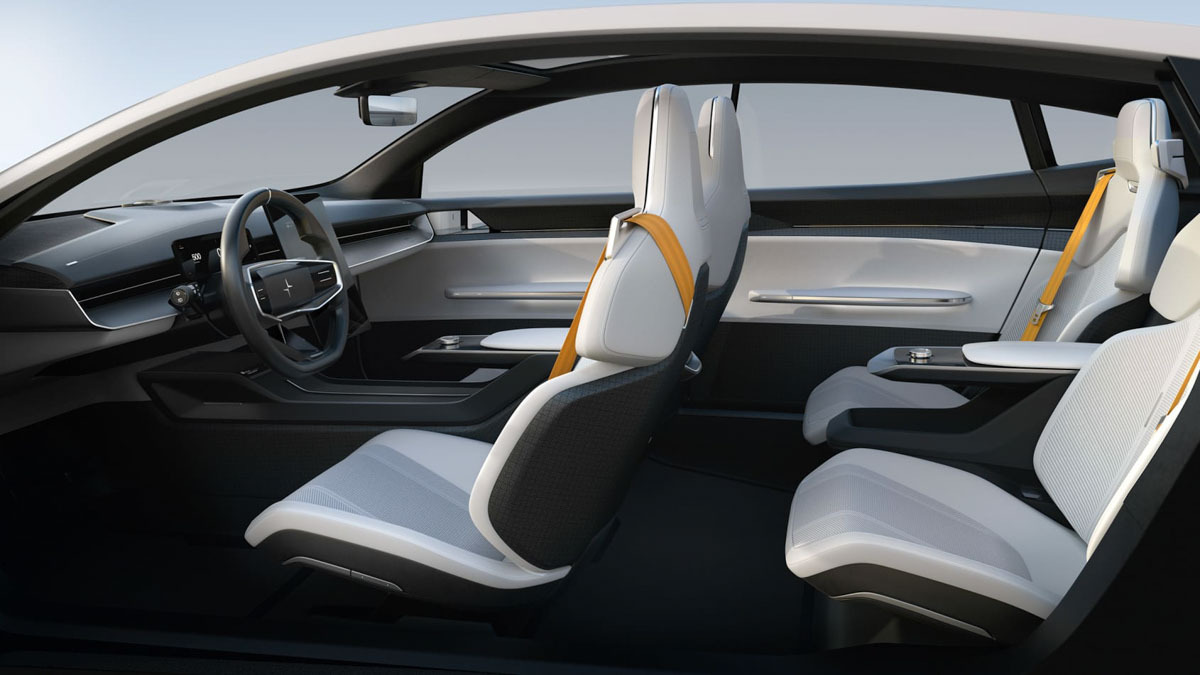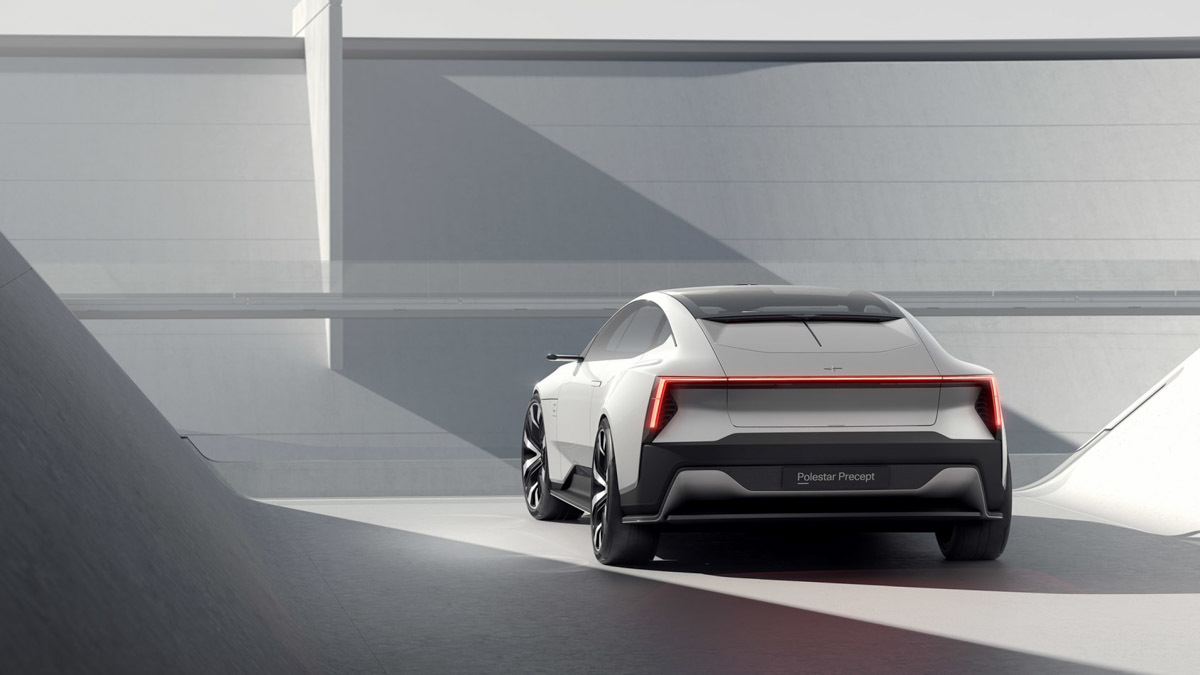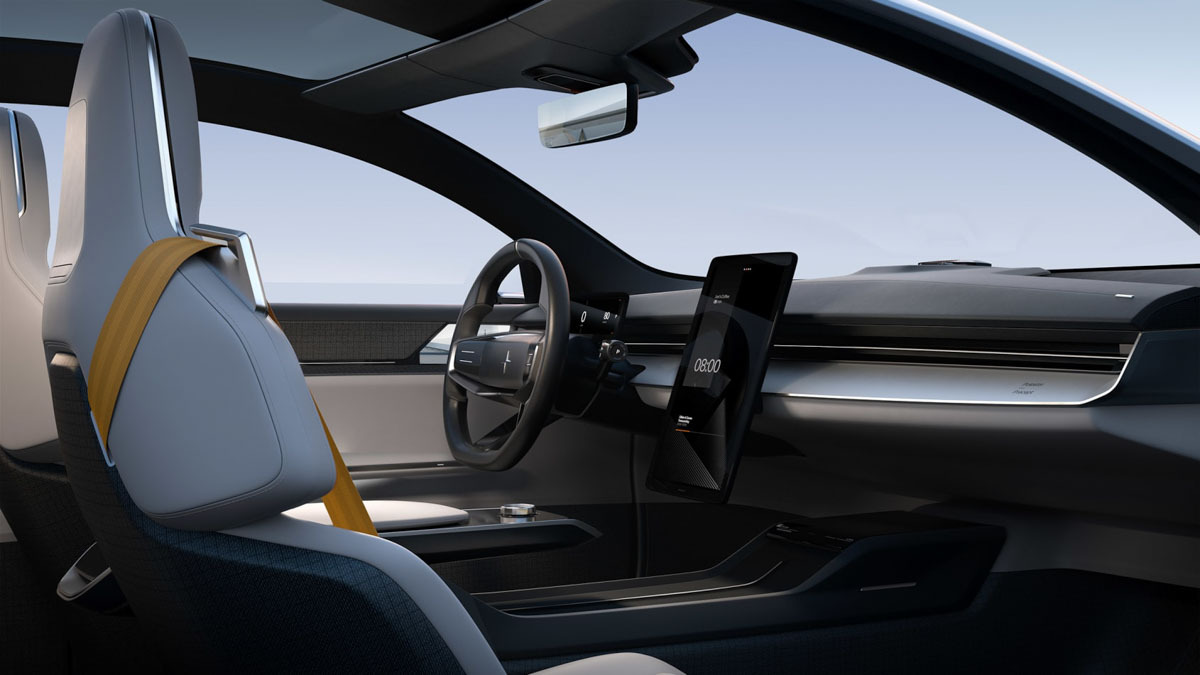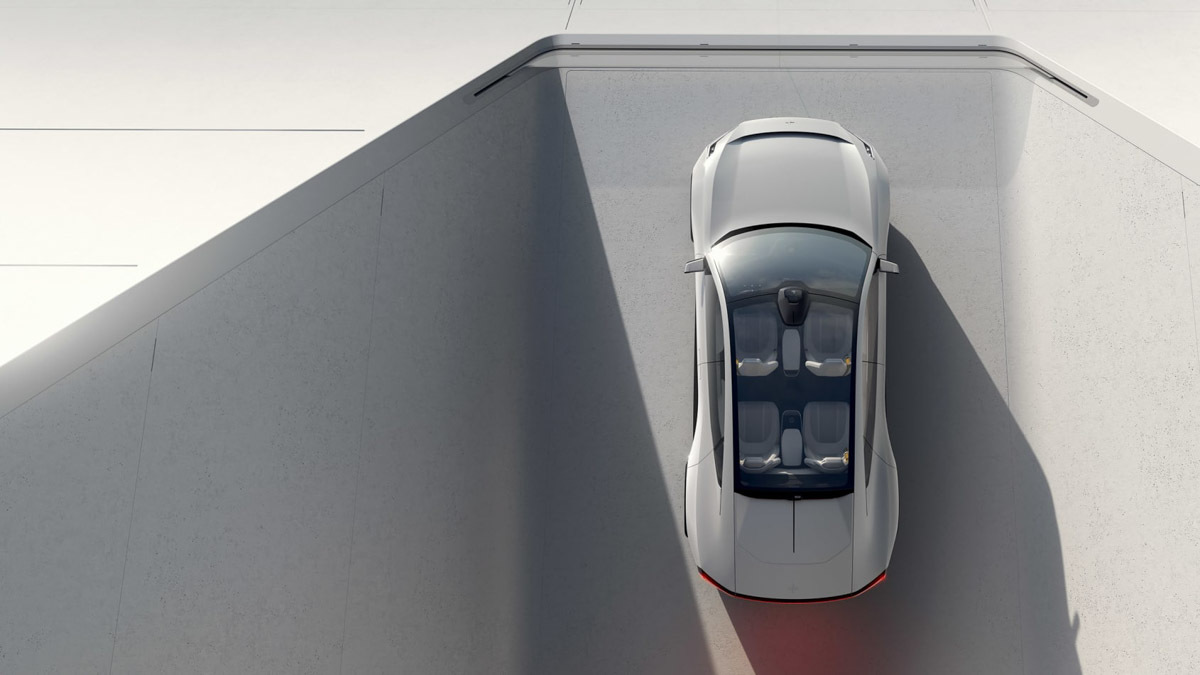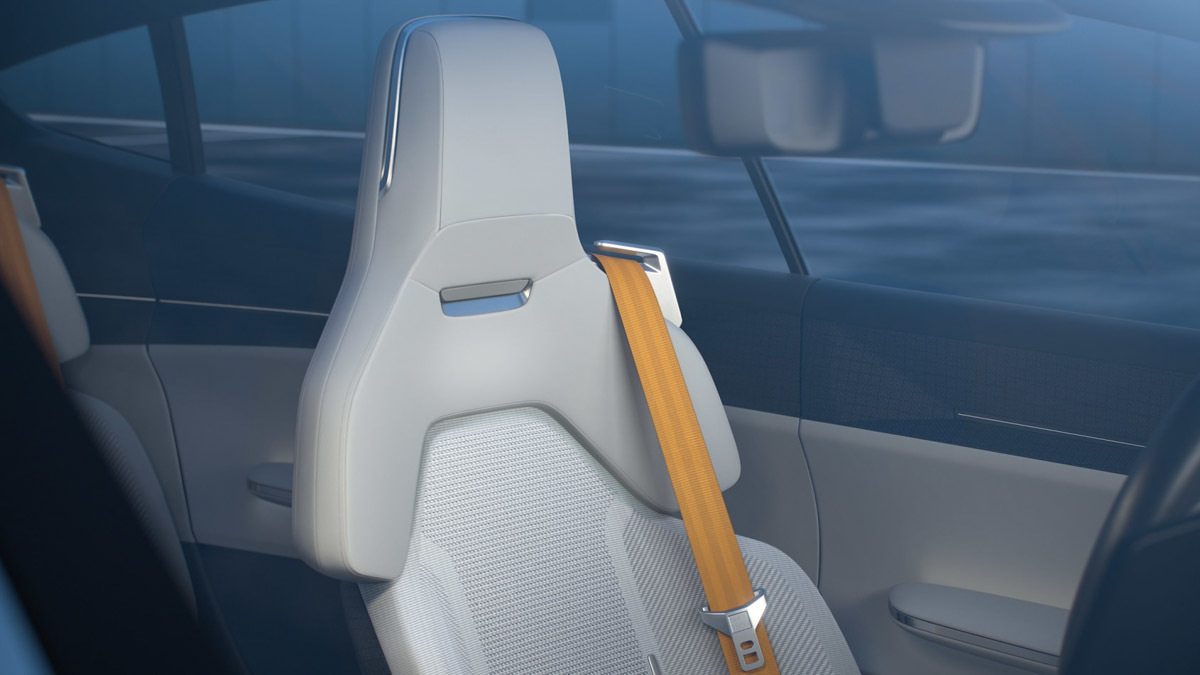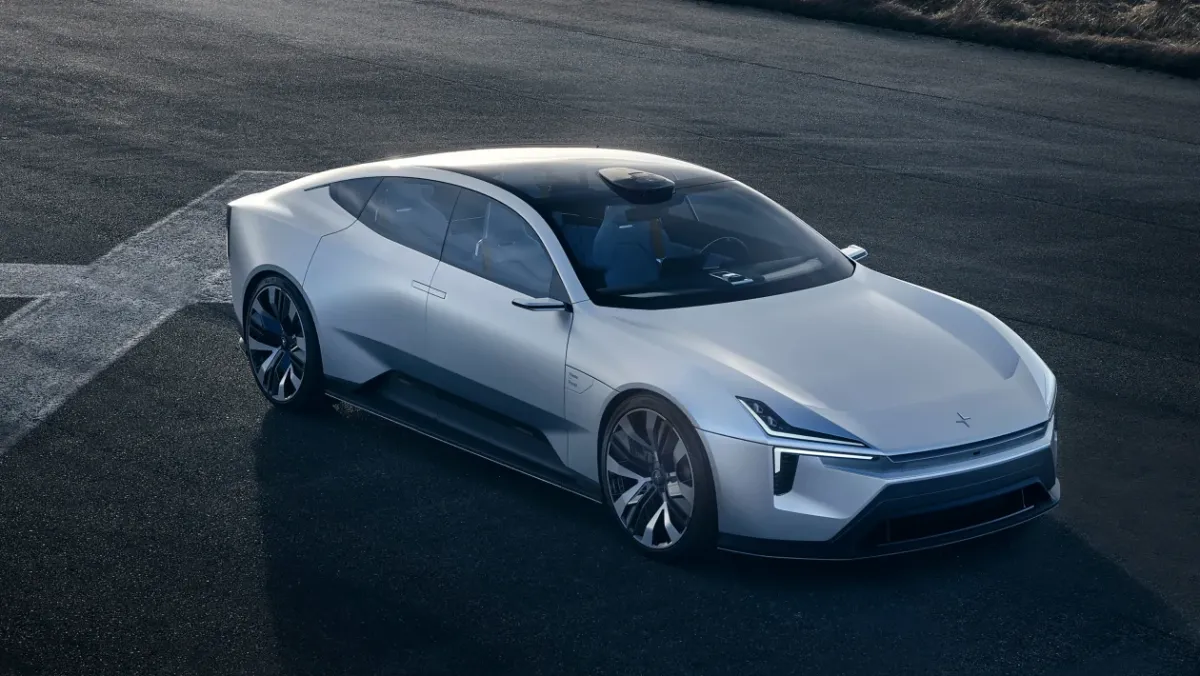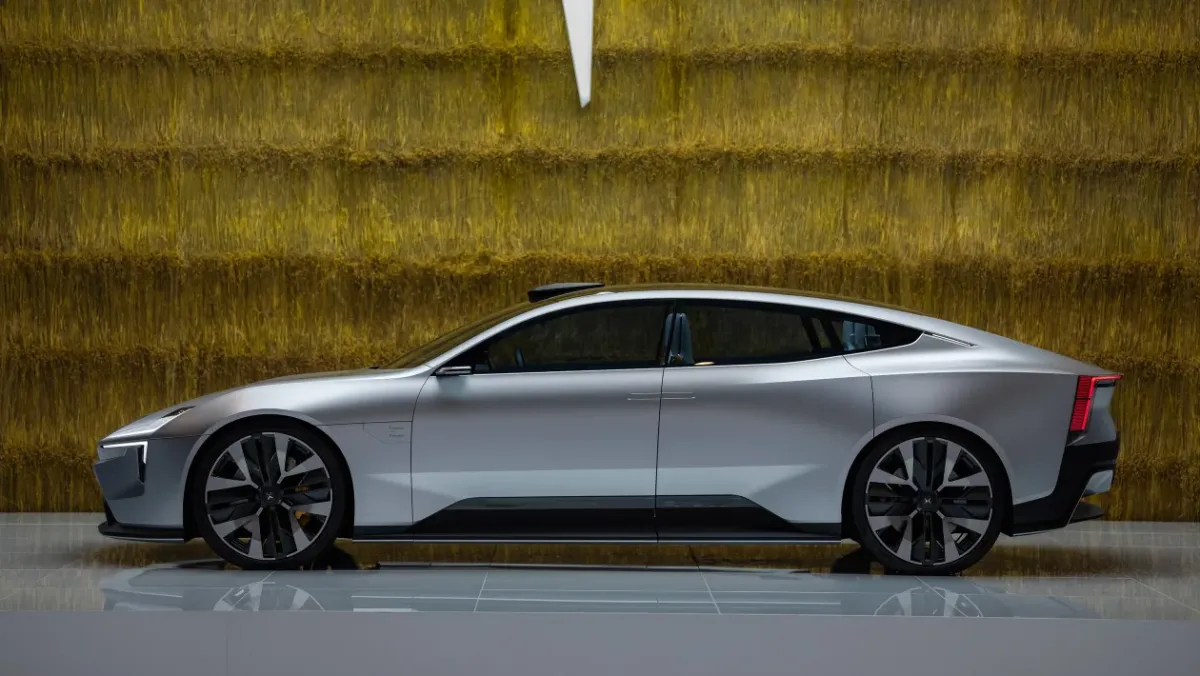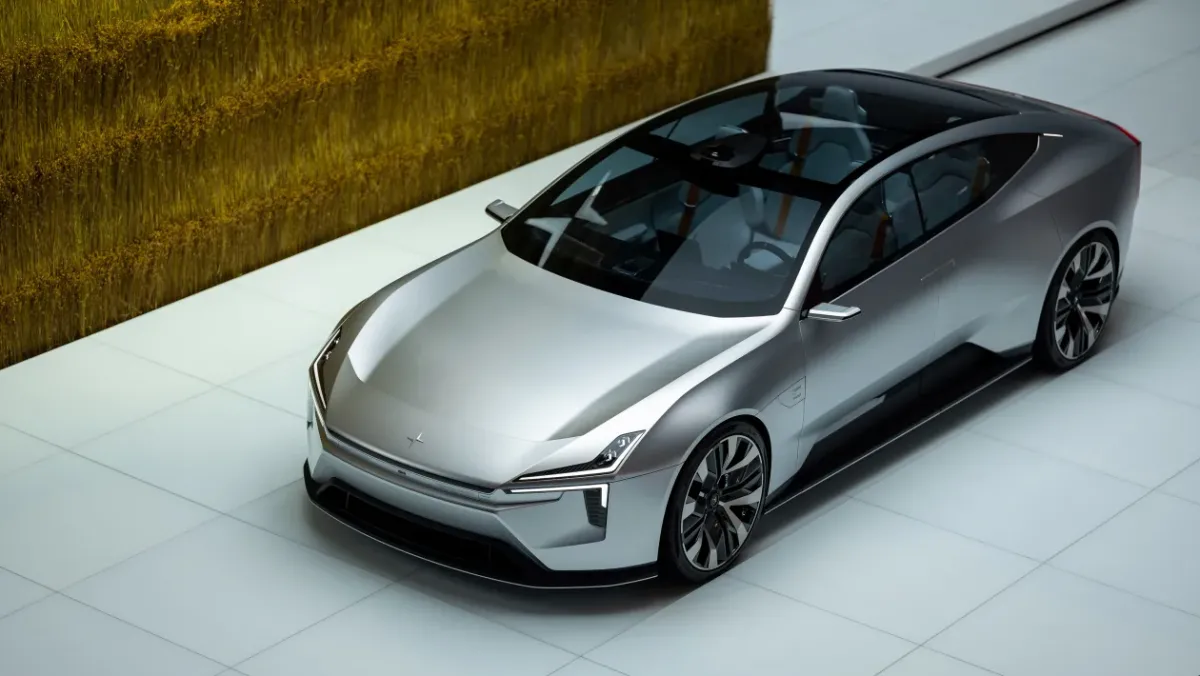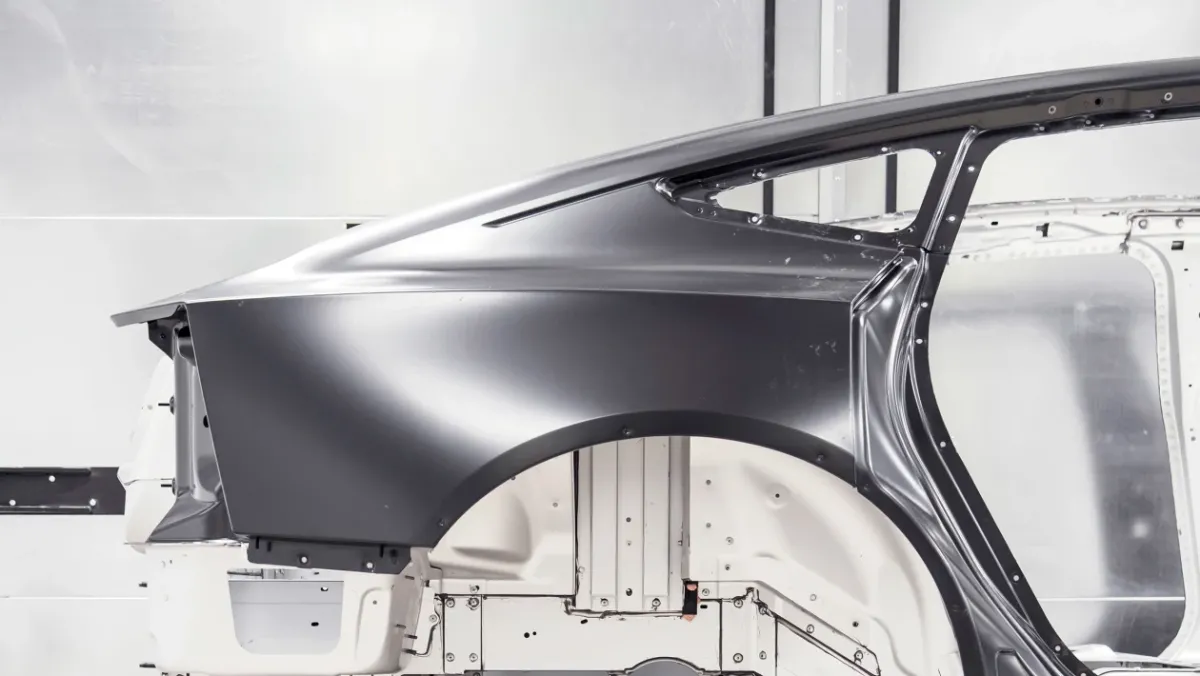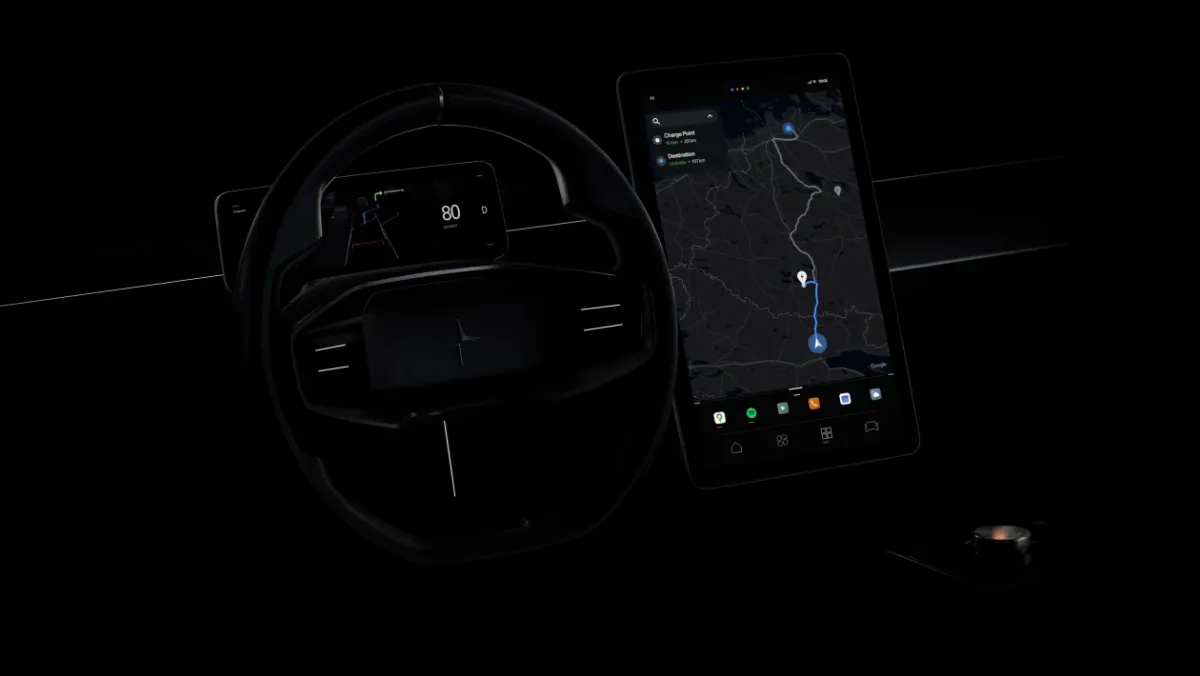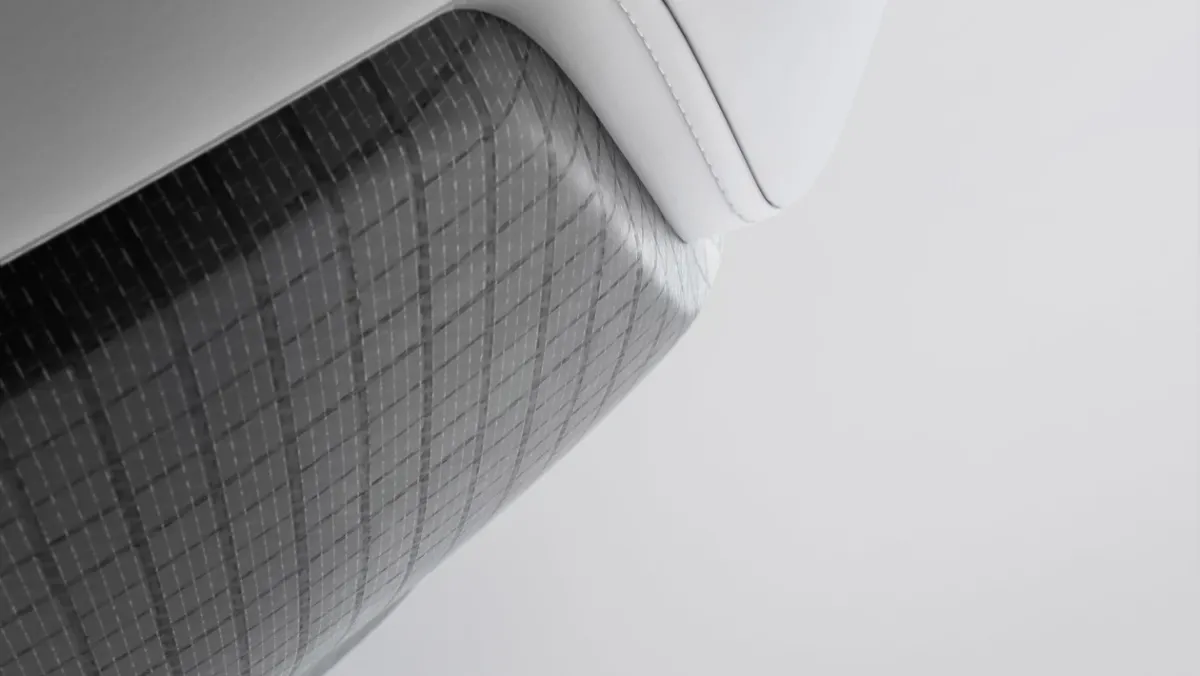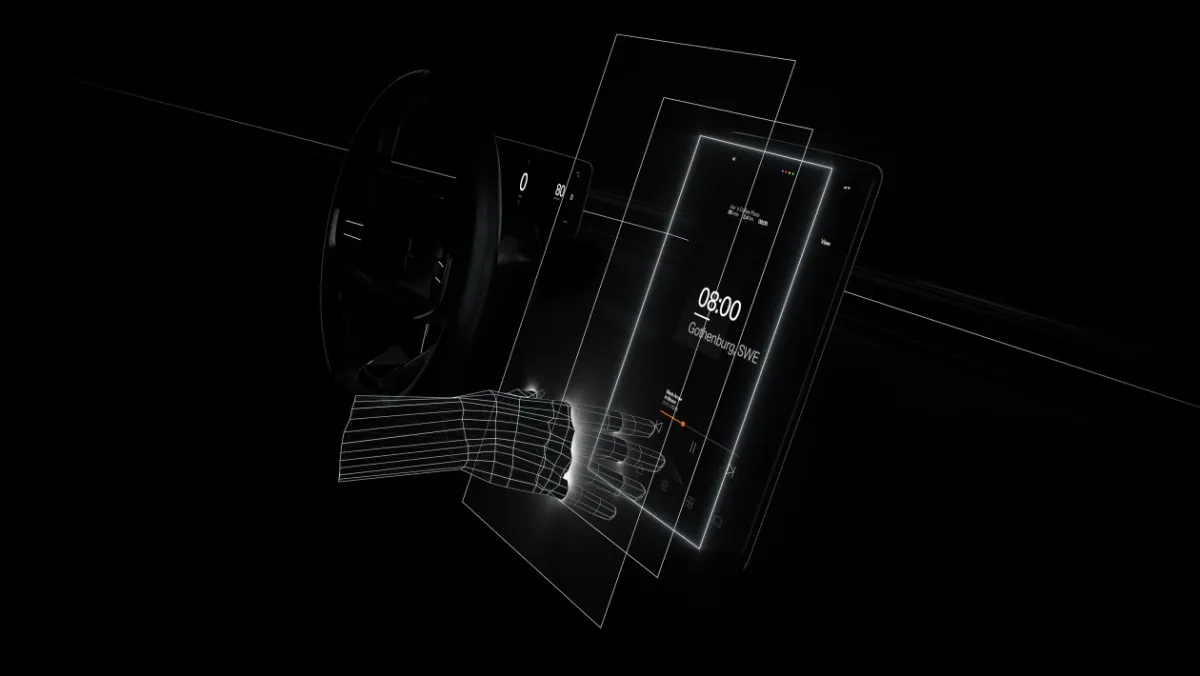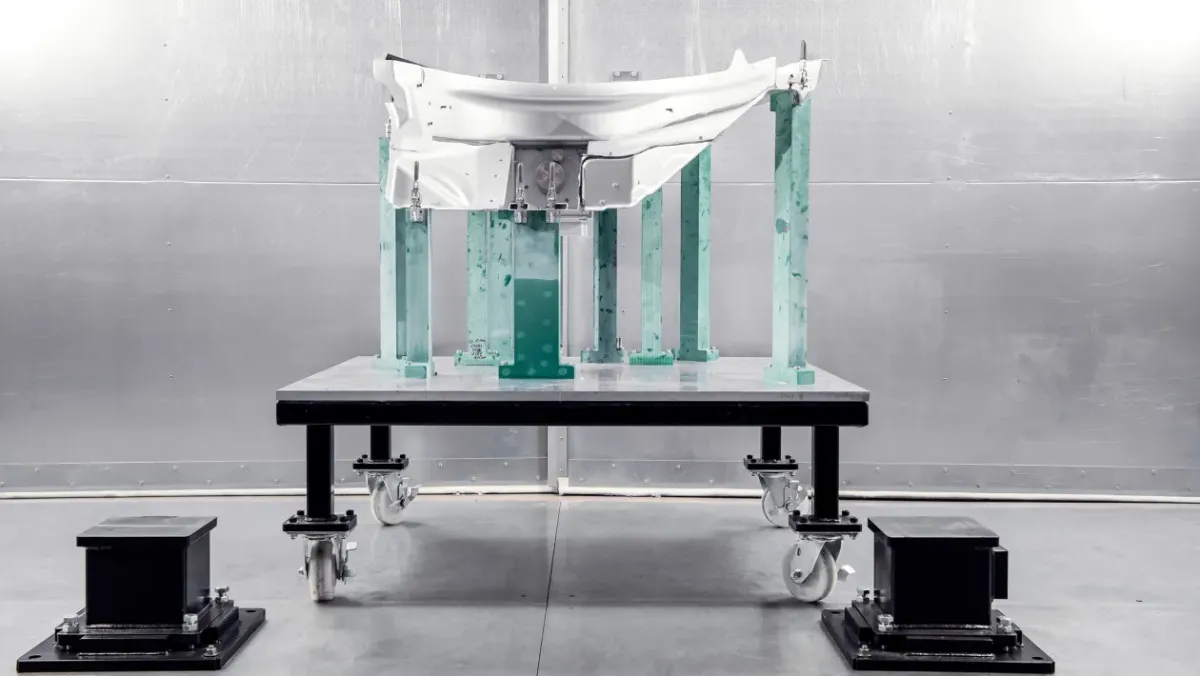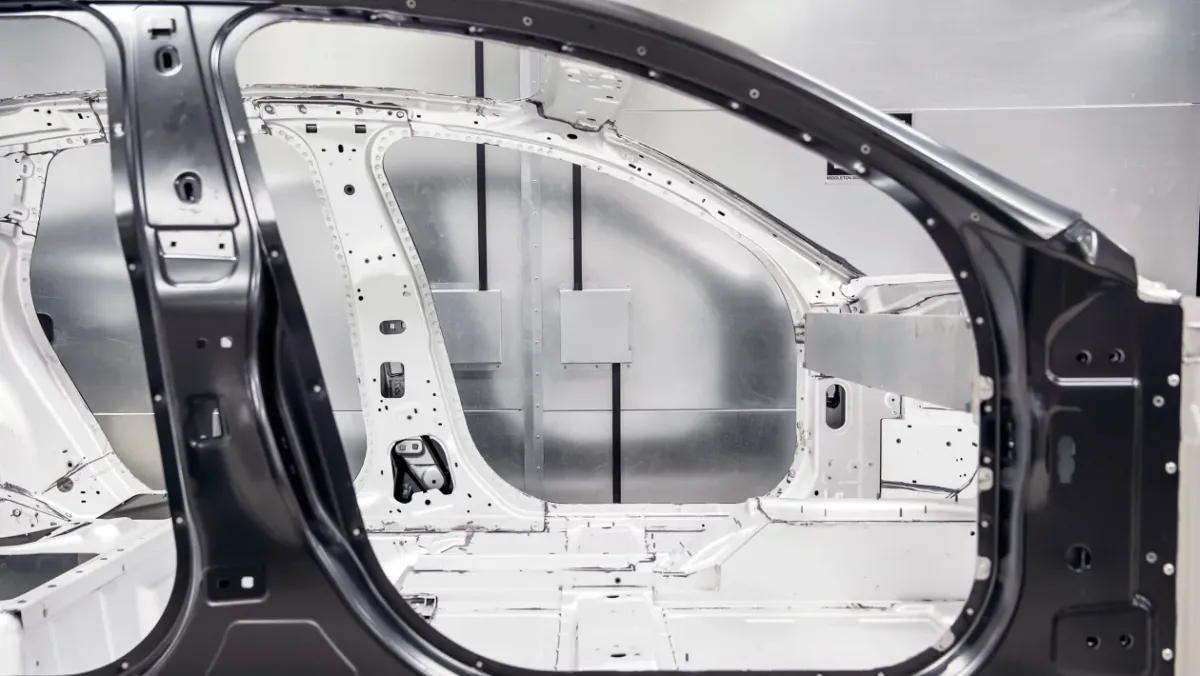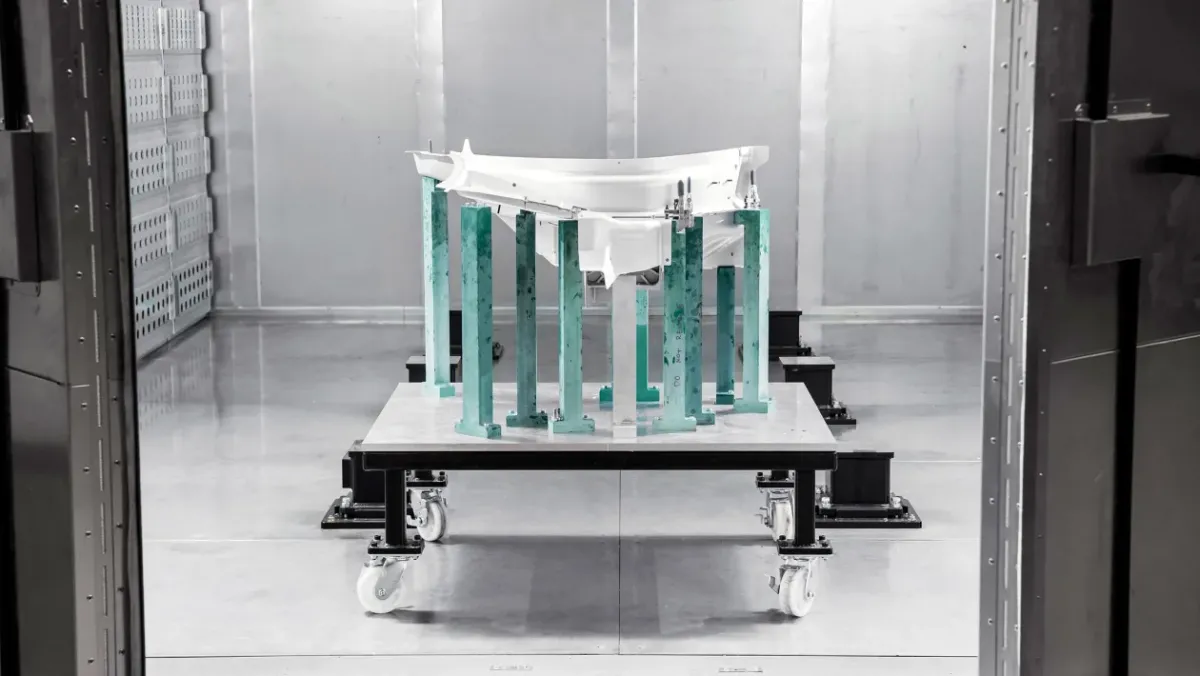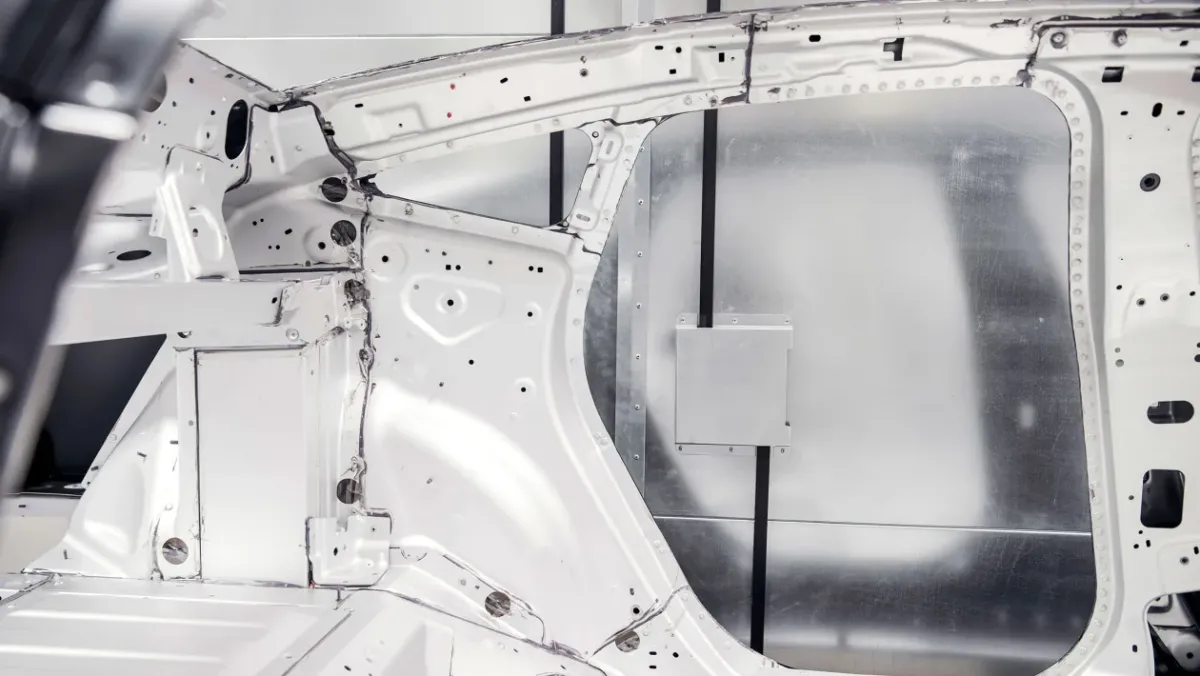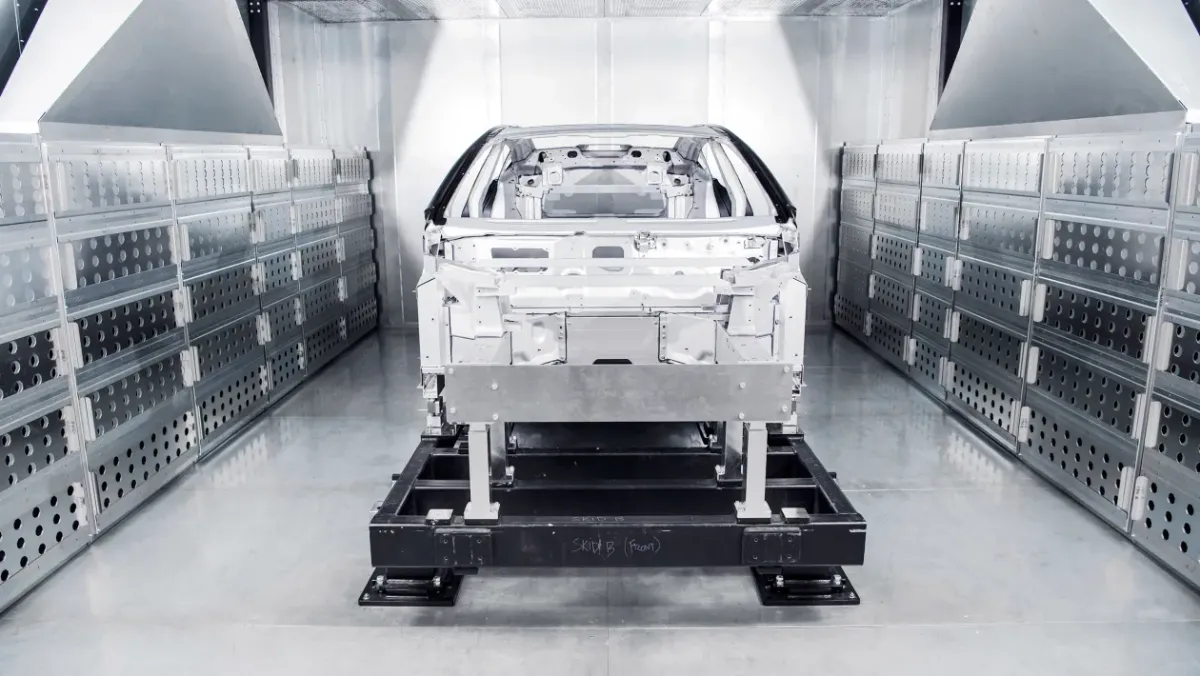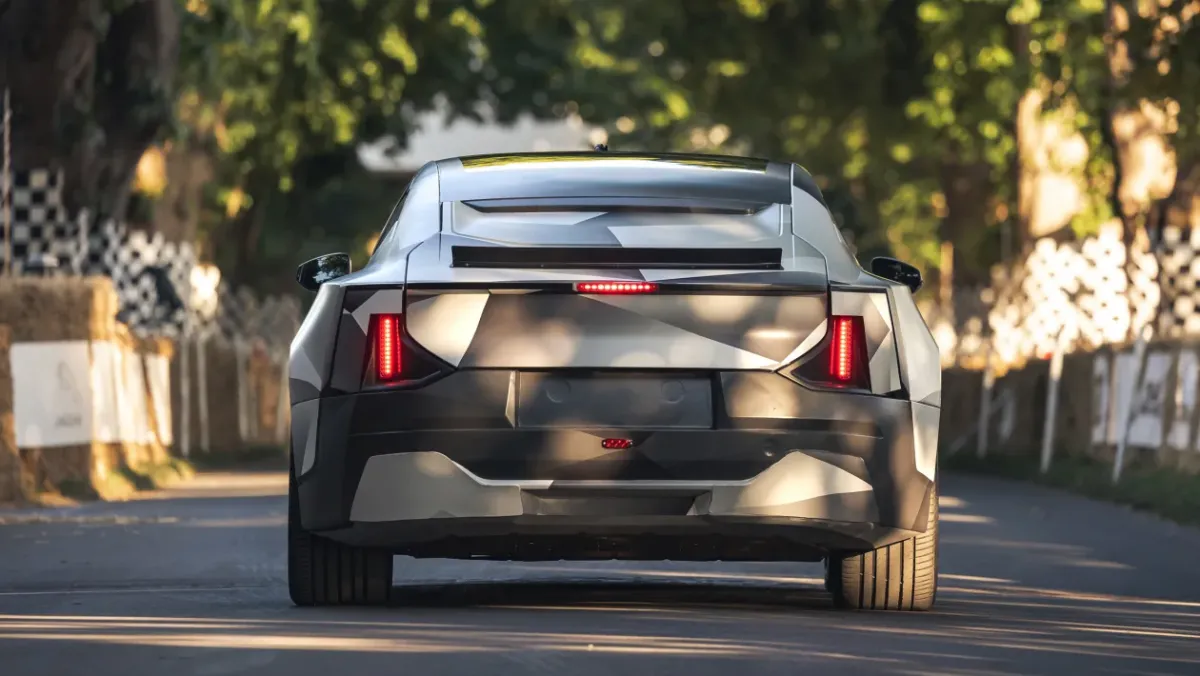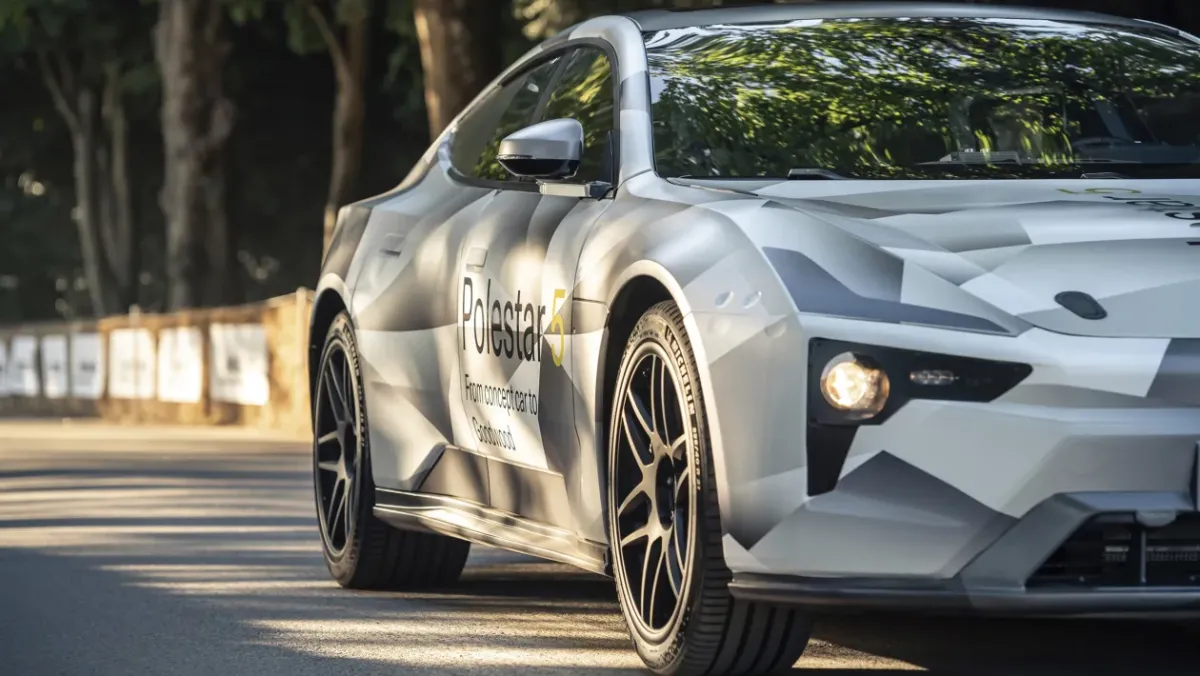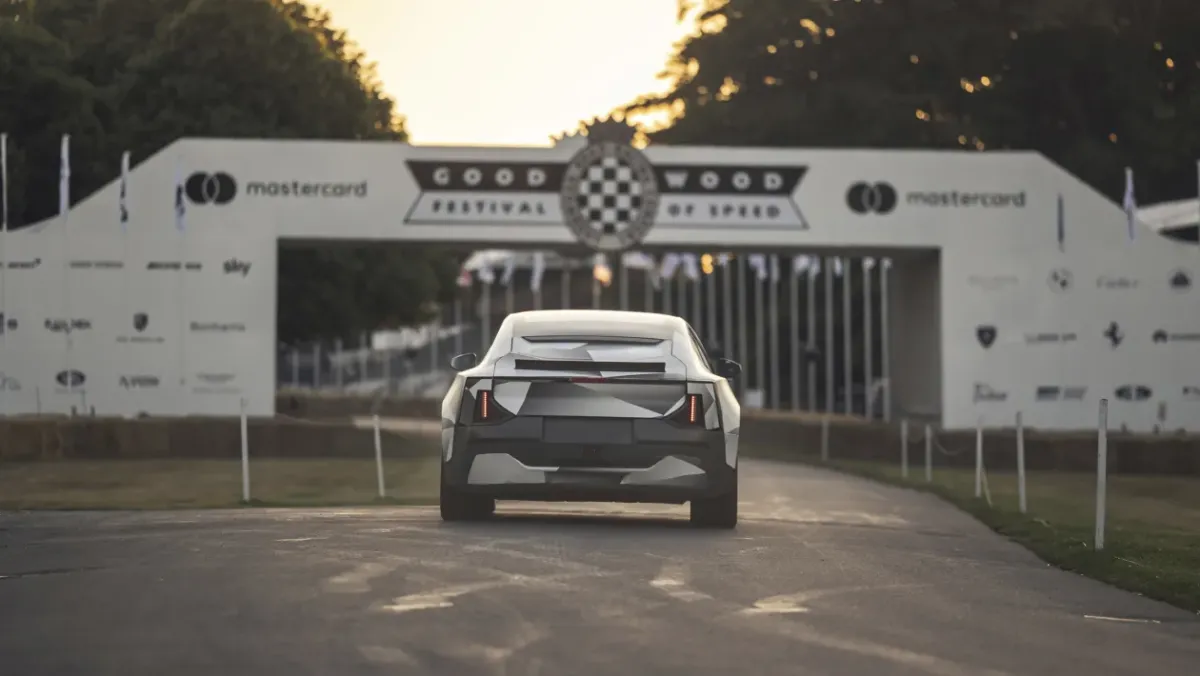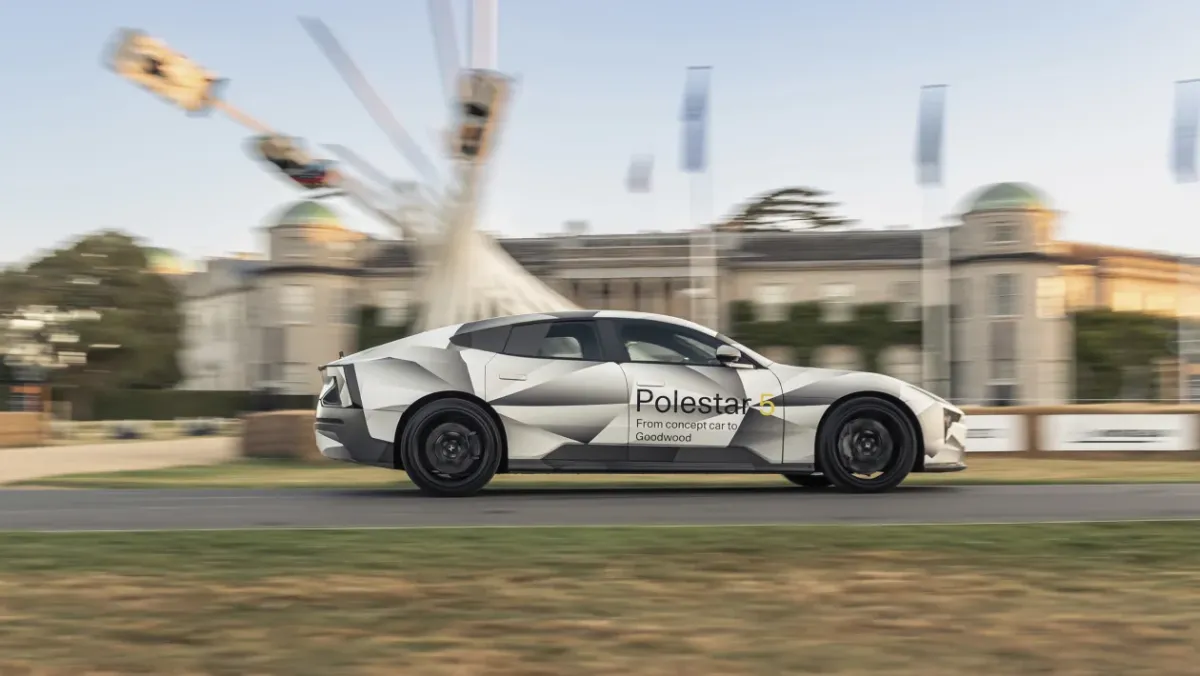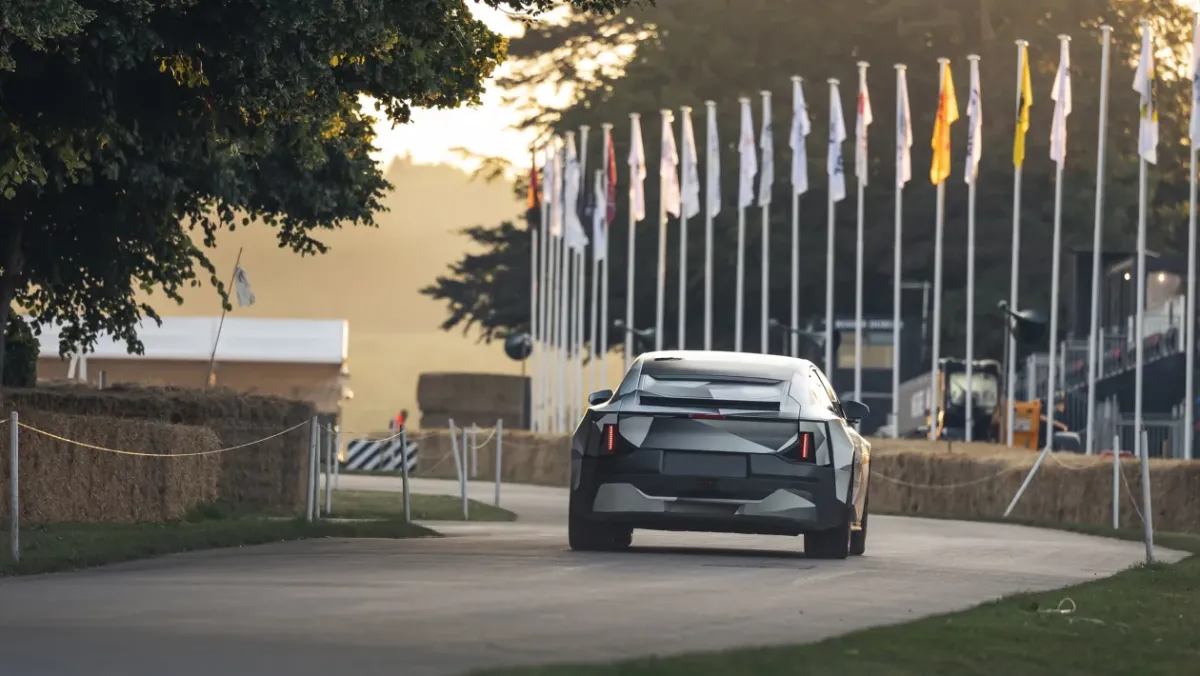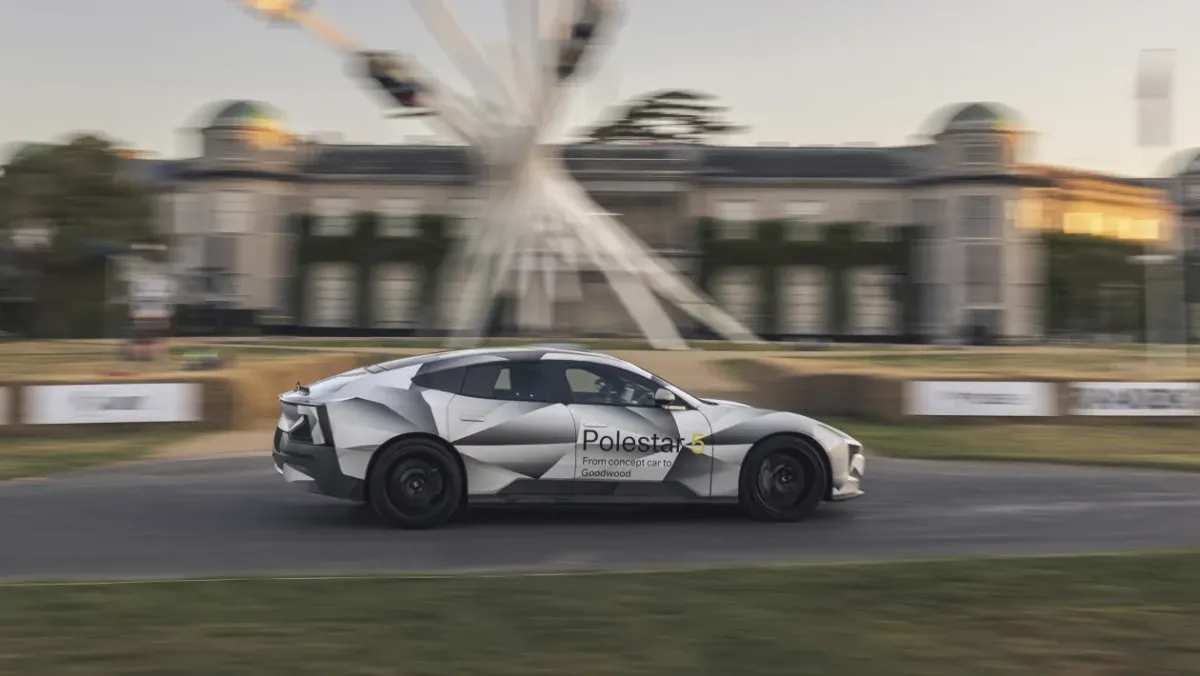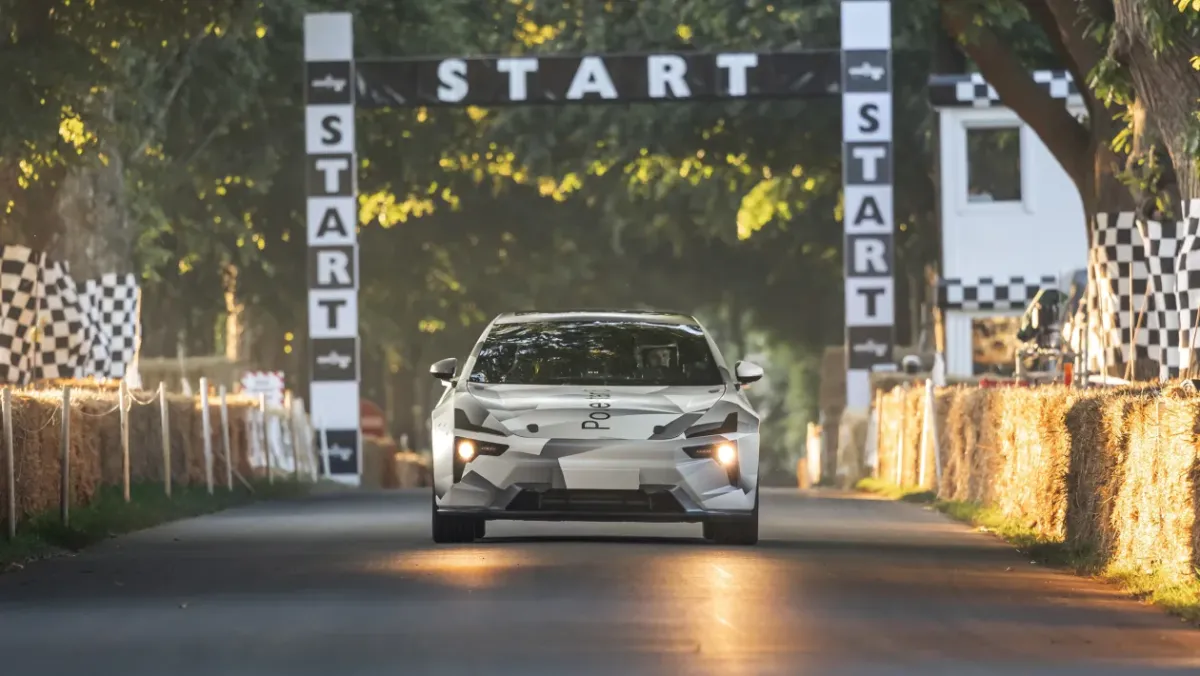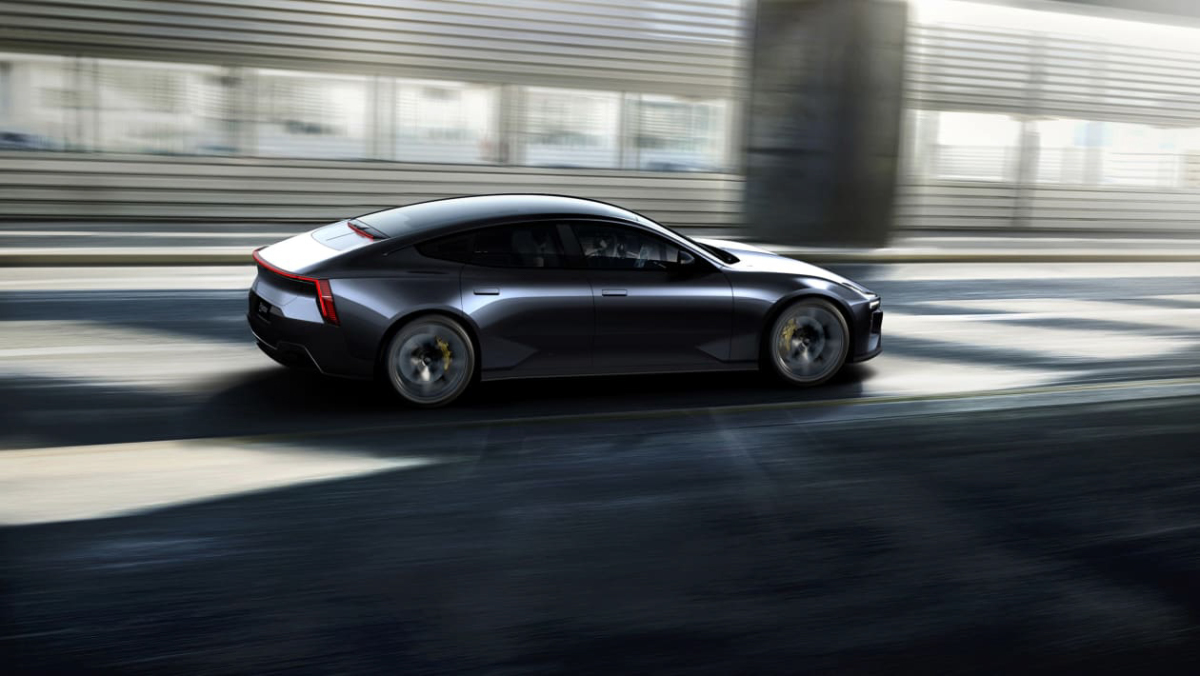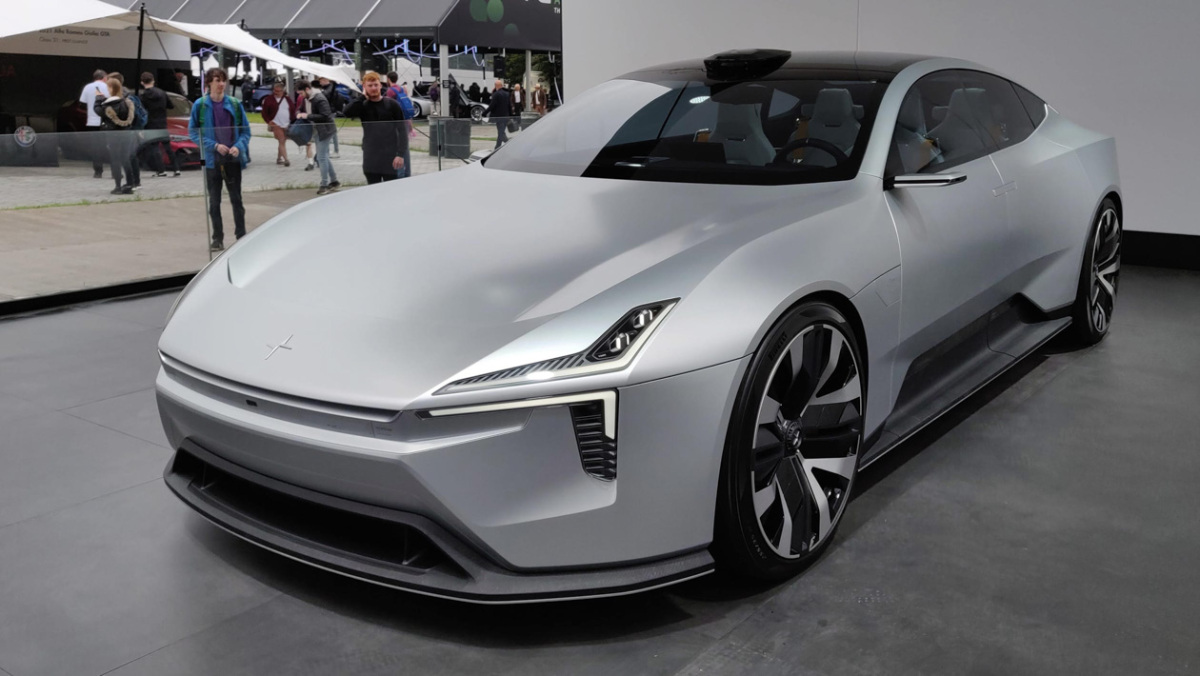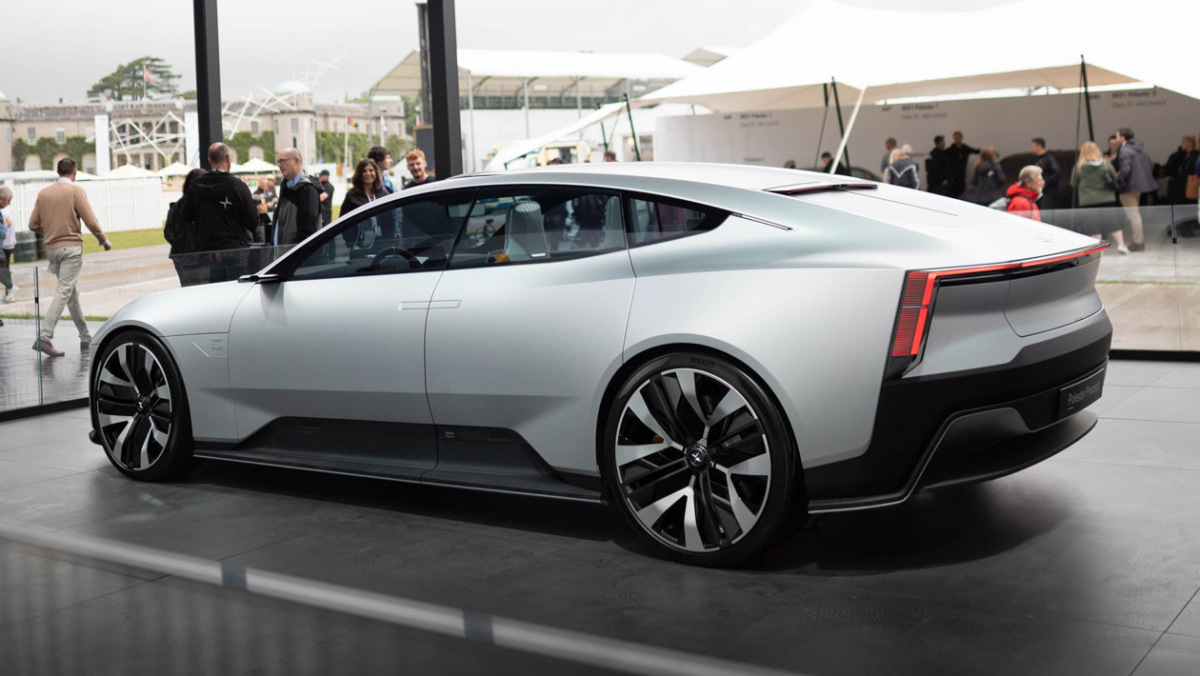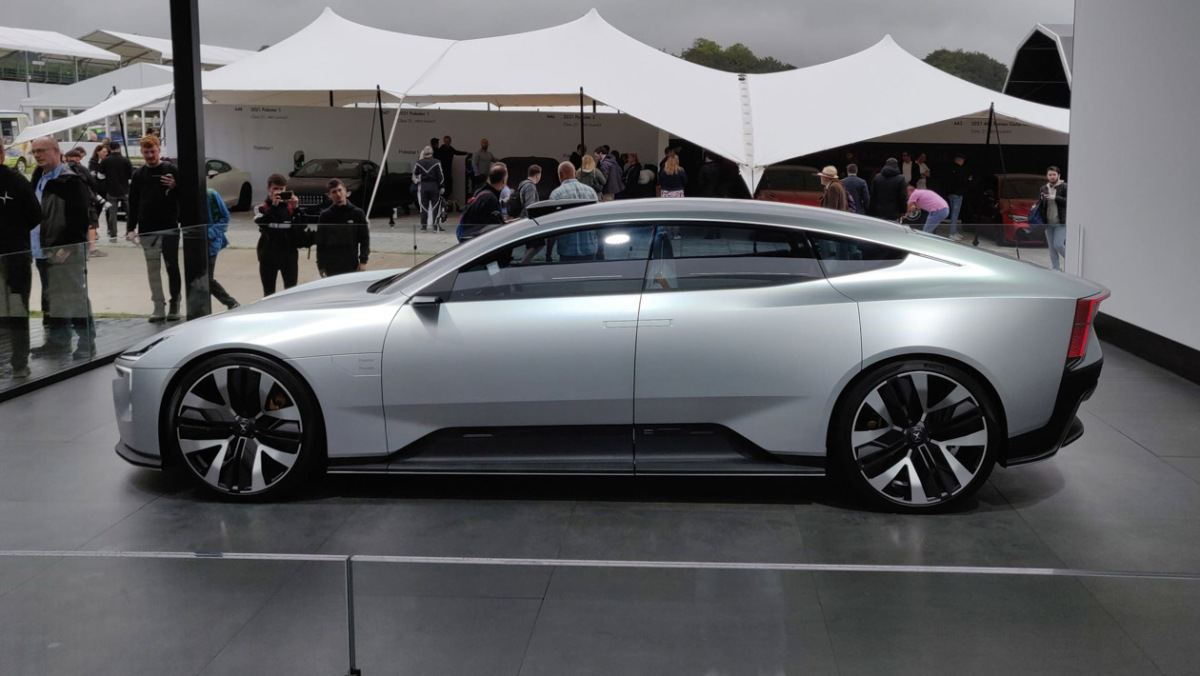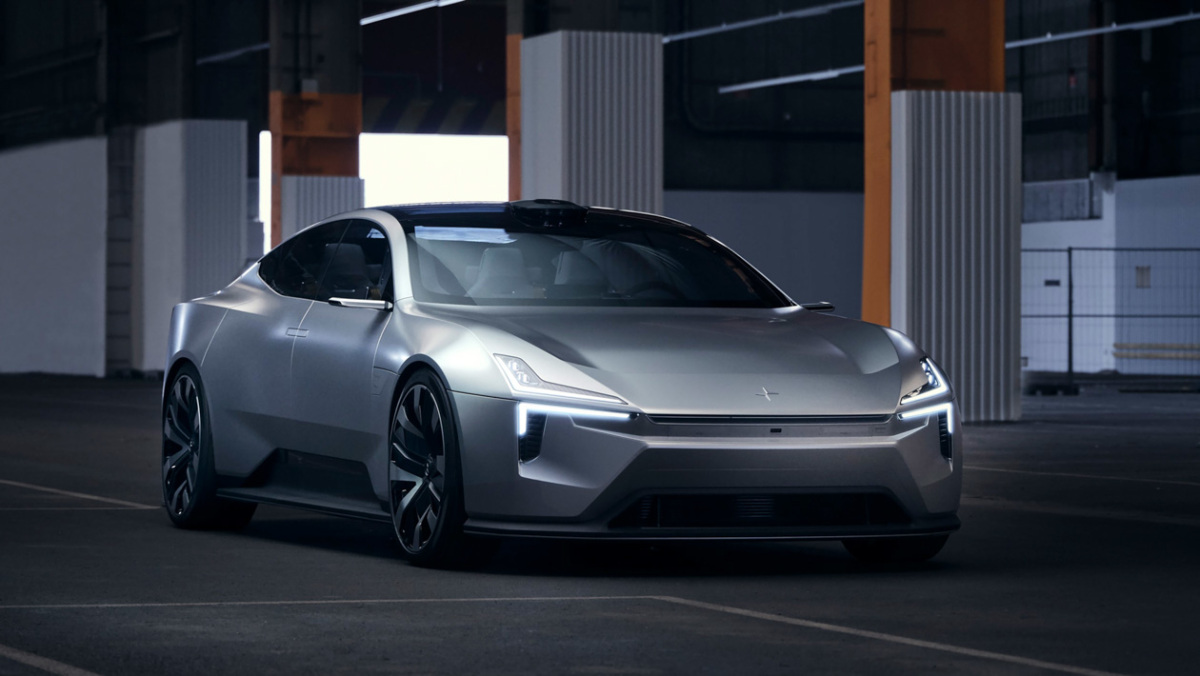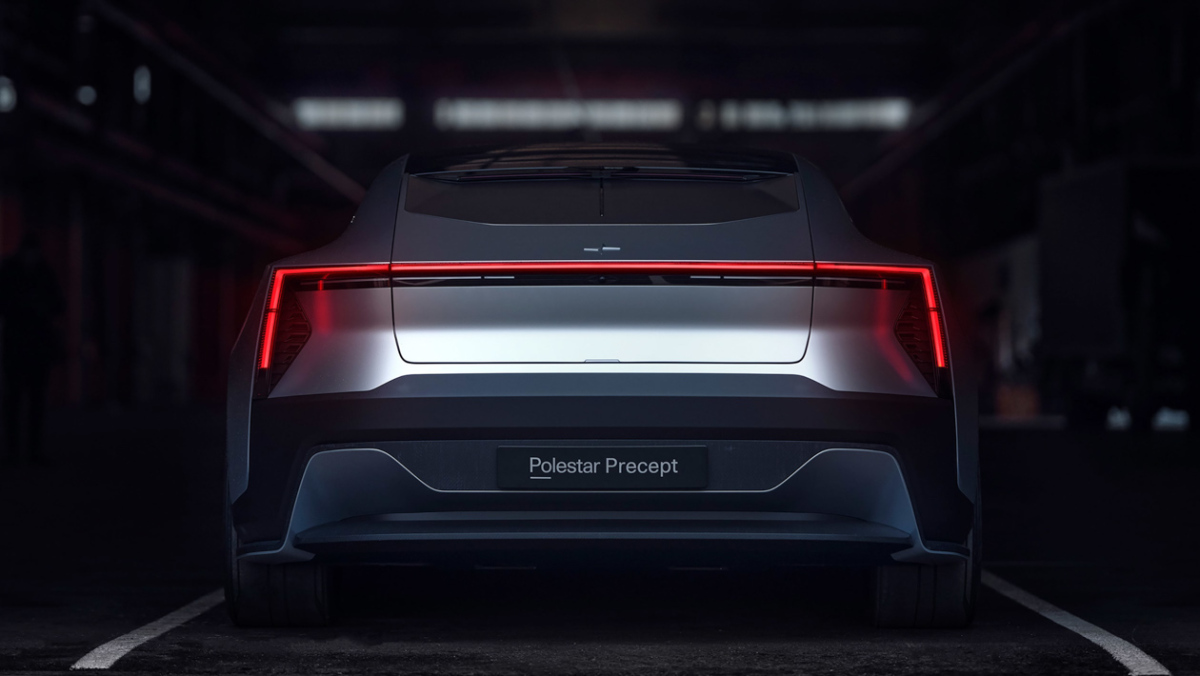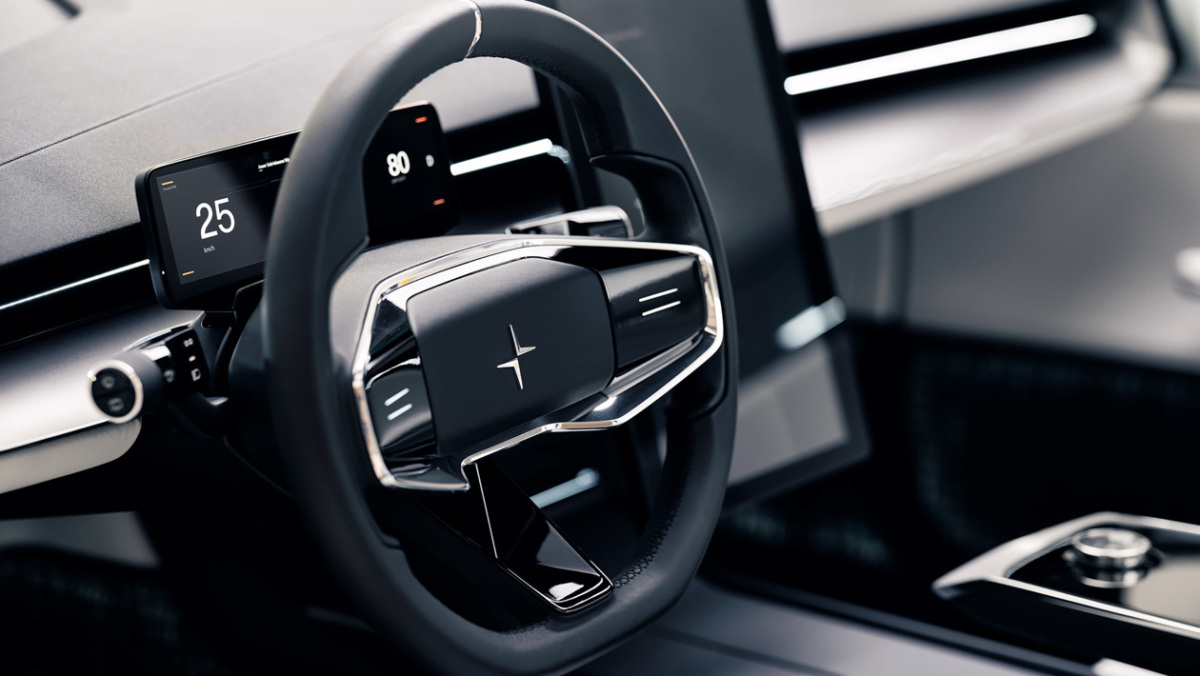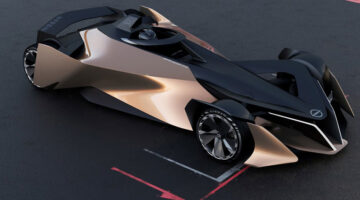Still think Polestar’s just a Volvo offshoot? The 871bhp Polestar 5 will probably change that
Polestar has outlined new details of its incoming Polestar 5 that will rival high-end EVs like the Porsche Taycan, Audi e-Tron GT and Tesla Model S. On display in prototype form at the Goodwood Festival of Speed, Polestar is targeting an 871bhp peak power output and 664lb ft peak torque figure, derived from two electric motors that run on an 800V electrical system.
This makes the new Polestar 5 all-wheel drive, however the large single rear motor suggests that power torque-vectoring on the rear axle (as is found on the Model S Plaid) might not be integrated.
Still, this is a very favourable number compared to most rivals, with Porsche’s Taycan Turbo S only able to achieve a peak of 761bhp during short bursts on overboost, however the Model S Plaid still trumps both with its 1020bhp.
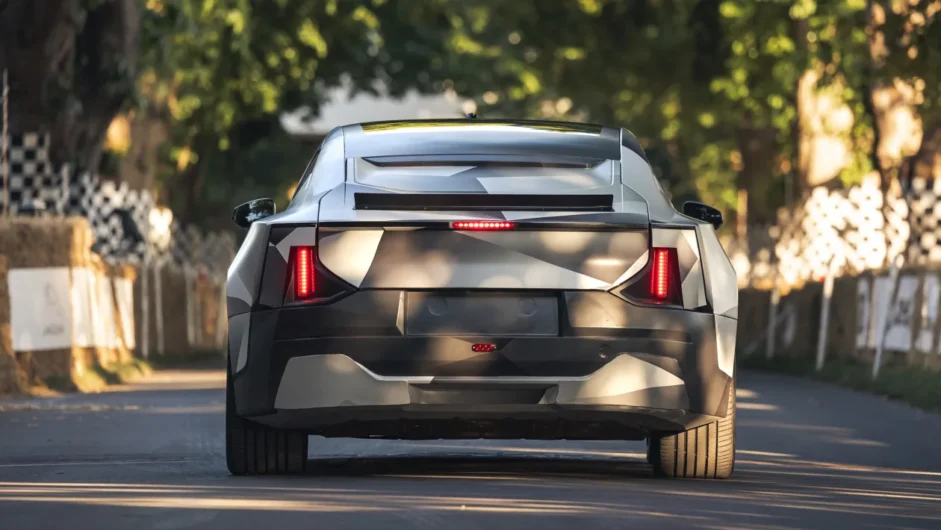
Jörg Brandscheid, Polestar’s CTO and Head of R&D, says: ‘The new powertrain we are working on will set a new brand benchmark in our high-performing cars. Combining strong electric motor engineering ability with advances in light-weight platform technology is leading to truly stunning driver’s cars.’
The sleek four-door saloon will be built on Polestar’s own bespoke architecture, a brand new bonded aluminium structure being developed here with expertise derived from brands such as McLaren, Aston Martin and Lotus – not to mention a few of the F1 teams dotted around the countryside. Polestar’s British R&D team started out small, with just 81 staff in 2018, but will grow extremely quickly with the expansion of its local facility, eventually supporting a staff count of 800 by the end of this year.
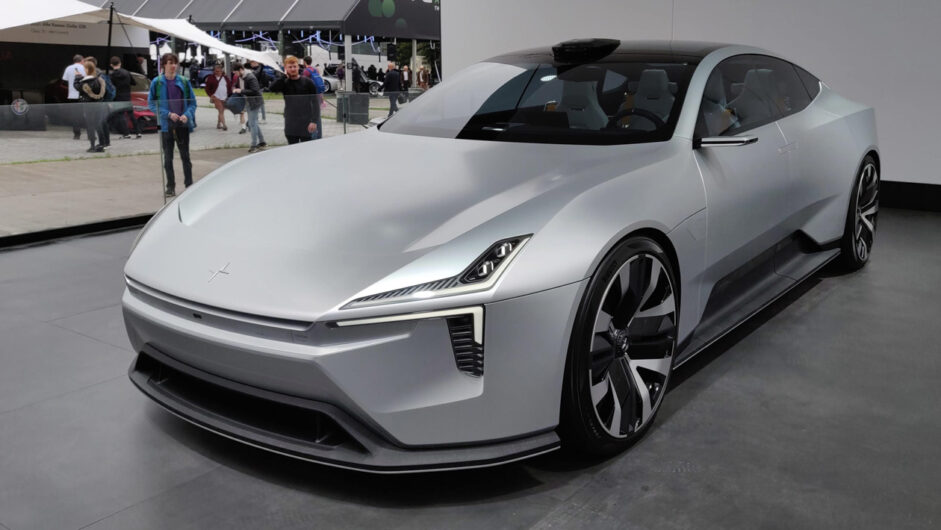
The reason behind Polestar’s decision to set up a satellite engineering hub outside of its Gothenburg and Chengdu HQ and manufacturing centres was for a very simple and enticing reason. Polestar wants the Polestar 5 to not just rival the Taycan in terms of range or comfort, but also driving dynamics, something it’s investing in properly with this new ground-up architecture and the staff who know how to deliver it.
The bonded aluminium chassis itself will give engineers the chance to streamline its structure to reduce weight, and deliver specific proportions unique from any Volvo model. The construction method itself isn’t dissimilar to the system employed by Aston Martin, and should also yield excellent torsional rigidity. To this structure, Polestar will fit a low-line battery pack with a scoop taken out of the rear passenger section – as is found in the Porsche Taycan – but Polestar will allow for more rear legroom than the Porsche, something that will be mirrored in the 5’s ultimate chassis tune with a more relaxed GT-like setup being initially prioritised.
For those not already familiar with the Polestar brand, it started life as a high performance wing of Volvo, before transforming into a high-end EV subsidiary.
It initially launched the plug-in hybrid Polestar 1 as a halo model for the brand, with the 2 now in full production, and further 3 and 4 SUVs still to come in the next two years, but a year after that, in 2024, this Polestar 5 will be introduced, which is where things get really exciting.
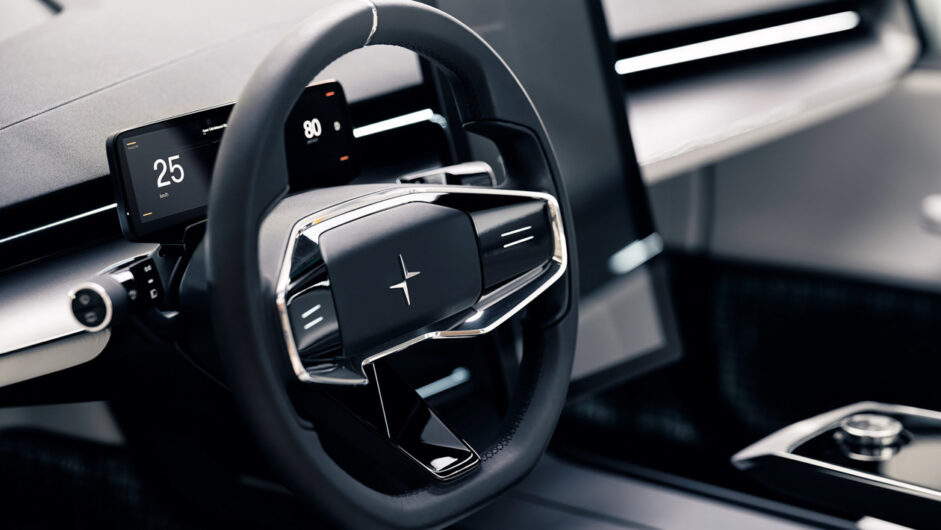
The Polestar 5 design will be directly derived from the 2020 Precept Concept, with only subtle changes to the detailing, panel junctions and lighting due. The proportions are the first thing that look accurate, with a long bonnet, wheelbase and sloping roofline. This style of long coupe-cum-hatchback is not unusual for modern electric cars – the Tesla Model S introduced the look as far back as 2009 – but for one key element that’s visible from the image and bespoke to the Polestar 5: a complete lack of a rear screen.
Other elements have also been directly brought over from the Precept, including the compact split headlights which are driven by a new interpretation of the Thor’s Hammer headlight graphic, while the grille has been replaced entirely, now forming both a home for the concept’s safety sensors and driving assistance functions. There’s also a small slip vent integrated into that same space which attaches air to its body, forcing it up and over the windscreen – a similar trick to that found on the Jaguar I-Pace.
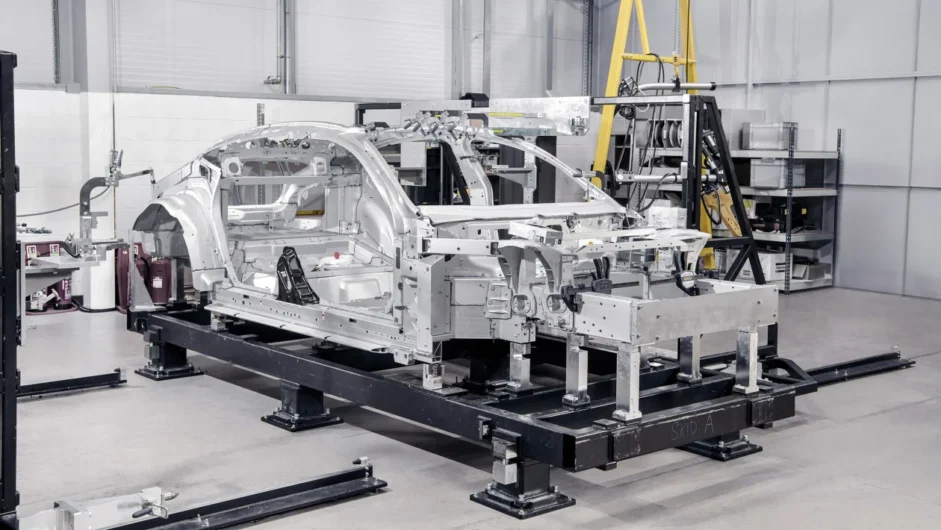
As well as previewing Polestar 5’s exterior, the Precept Concept also gives us a glimpse at the future interior design, this time mimicking the Polestar 2 a little more closely with plenty of concept-car glitter applied. The interior is dominated by a portrait-layout touchscreen interface that now floats from the multi-material, wing-shaped dash. Not dissimilar to that in the Tesla Model 3, Polestar’s inclusion of a second driver display mounted behind the steering wheel keeps it from being quite as stark as the Tesla’s cabin, so too the multi-level centre console. The Precept Concept’s Android-designed user interface is much closer to production though, and has already been applied to the Polestar 2, and will be utilised on the Polestar 5 production car.
This is where the Volvo influence in Polestar’s future ends, a new high-end luxury electric car manufacturer who has invested not just in the right infrastructure, but the staff to execute it. We have a wait to see Polestar’s full potential, but by all accounts so far it doesn’t look like we’re about to be disappointed.
This article originally appeared at evo.co.uk
Copyright © evo UK, Dennis Publishing

